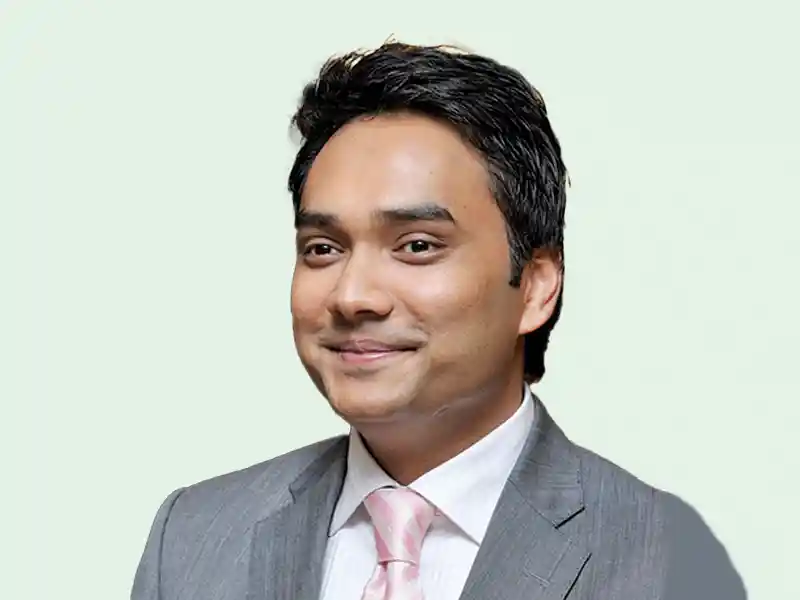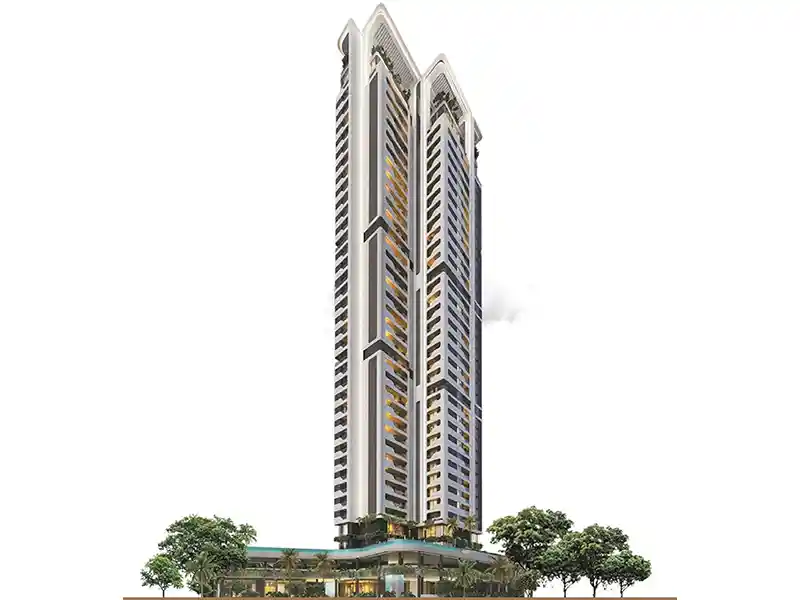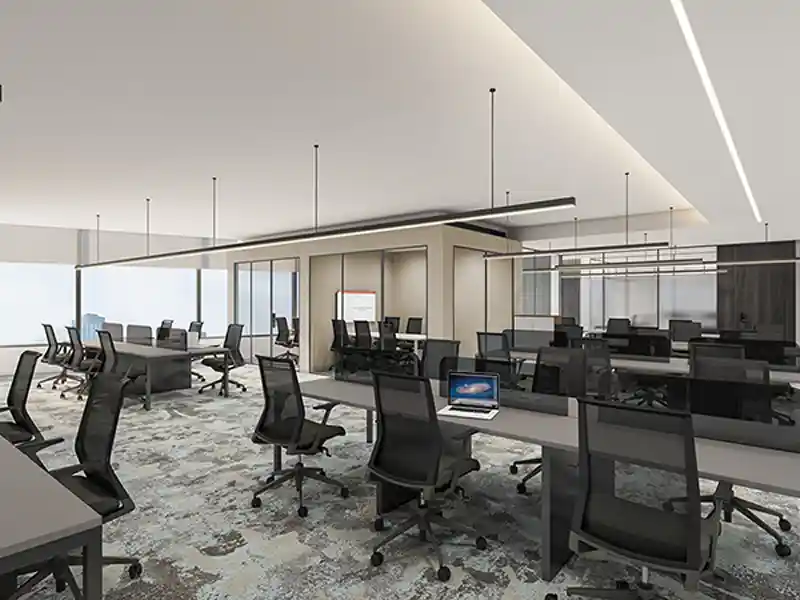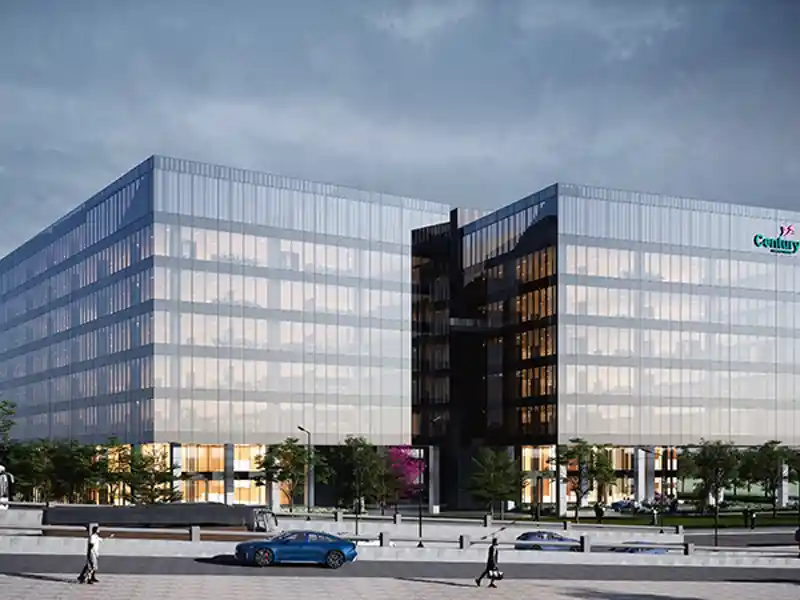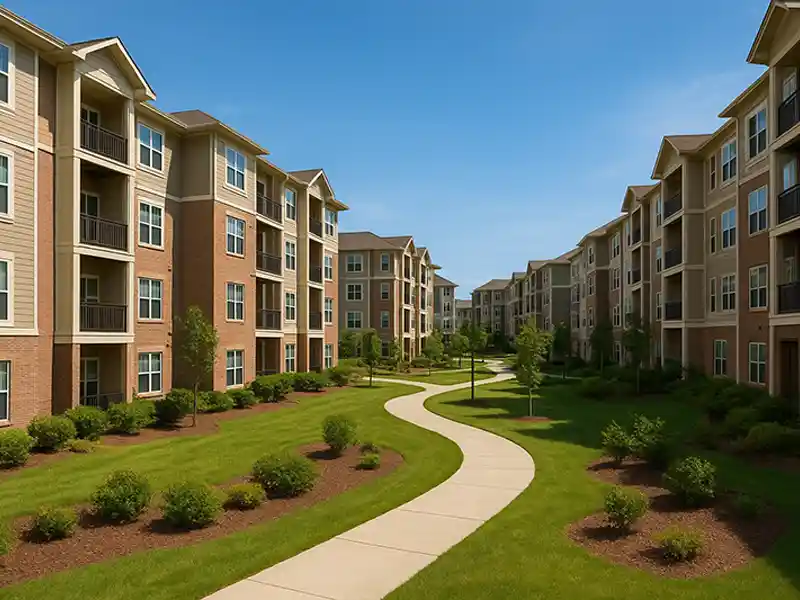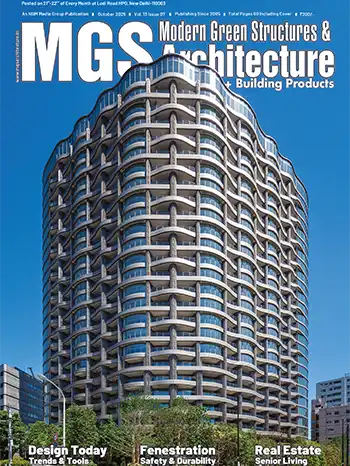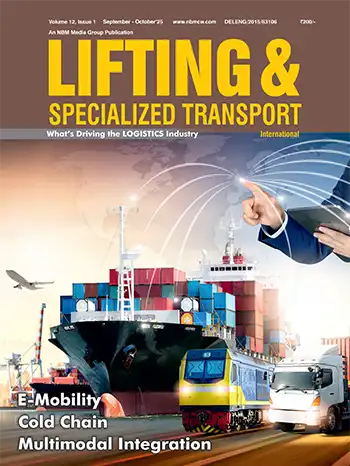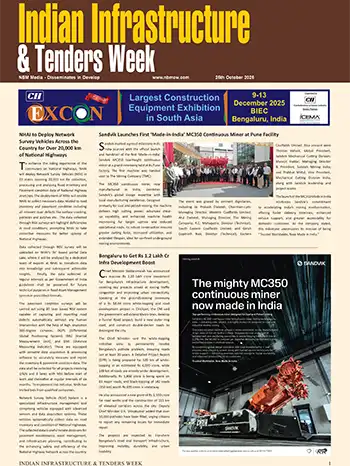
Growing demand
As per the report, the senior care landscape is rapidly evolving on a pan-India basis, with 18,000 units spread throughout the nation. The total estimated target for senior living facilities in 2024 is around 1 million, projected to increase to 2.5 million in the next 10 years.Says Anshuman Magazine, Chairman & CEO – India, South-East Asia, Middle East & Africa, CBRE, “India has experienced a significant surge in the number of senior living projects over the past decade, reflecting the growing acceptance and demand in this sector.”
Developers in the senior living sector see a strong potential for ongoing growth and innovation, as demonstrated by their plans to broaden their reach in urban areas and target affluent households. The forecast for this sector remains upbeat, with expected growth in both major cities and secondary markets. Developers are poised to leverage this increasing demand by launching new projects, improving facilities, and establishing strategic alliances to provide holistic senior living solutions.
Today, elders prefer to live in a senior home which is situated in an integrated township, amidst a vibrant community, which helps them to have their family and extended family nearby, yet enjoy the conveniences of a retirement community.
Sandeep Sonthalia, Wadhwa Wise City
According to the Association of Senior Living India (ASLI), about 60% of the senior living demand is coming from tier II cities, where senior living has been gaining traction led by preference for ease of living. Cities like Ahmedabad, Surat, Coimbatore, Kochi and Panaji are witnessing a boom, and also in places of pilgrimage like Vrindavan, Ayodhya, Dwarka, and Rameswaram.
Developers are strategically enhancing their offerings by integrating advanced facilities and forming strategic alliances to address the full spectrum of senior residents’ needs. This approach is evident in the initiatives by leading developers such as the Wadhwa Group and the Prescon Group, which are at the forefront of this shift. They are developing ‘Primus Swarna’, a premium senior living space within the sprawling Wadhwa Wise City Panvel – a project aimed at providing active senior living homes within an integrated township. This project is specifically designed to foster an active and independent lifestyle among seniors, with amenities tailored to their unique needs, including proactive medical care, in-house dining, housekeeping, and emergency healthcare services.
Says Sandeep Sonthalia, CEO, Wadhwa Wise City, “Given our combined strengths, this project will cater effectively to the senior community in Mumbai, offering a mix of modern amenities and community living within a vibrant, integrated township.”
The Prescon Group has also partnered with Manasum Senior Living to launch IKIGAI Goa, a luxury senior living community near Panjim. IKIGAI Goa, a senior living project developed by Prescon and Manasum Senor Living, is located on the Kabamba Plateau across 7.5-acres. It offers a strong sense of community, supportive living experience, and care in a scenic setting.
The project’s 35,000 sq. ft. private clubhouse is a central hub for social activities, offering a variety of recreational facilities, such as a swimming pool, gym, yoga pavilion, theatre, and even a karaoke bar. Residents can enjoy regular events, celebrations, and activities that encourage social interaction, ensuring a fulfilling lifestyle in every aspect.
Says Vinay Kedia, Director, Prescon Group, “At IKIGAI Goa, we are not just constructing buildings; we are crafting a lifestyle. Our community is built around the Japanese philosophy of meaningful aging, with proper services and modern amenities.

Affirms Anantharam Varayur, co-Founder, Manasum Senior Living, “The senior living housing segment is shaping up as a high-potential investment class within real estate, and emerging as one of the most promising frontiers in Indian real estate.”
Tapping into this growth, Manasum Senior Living, in collaboration with VNCT Global, is set to launch a Rs.100 crore senior living project on OMR Road, Chennai. The development blends premium real estate planning with senior-focused amenities like a Meditation Deck, Laughing Therapy Lawn, Herbal Garden, Golf Court, and Kids Play Area — setting new benchmarks for community living. “With demand for senior housing in metros like Chennai witnessing consistent growth, this project represents a strategic move to capture an underserved but rapidly expanding market,” he adds.
IKIGAI Goa stands out not only as a residential development but as a new approach to senior living, focusing on dignity, independence, and social engagement.
Vinay Kedia
Prescon Group
Lucrative Opportunity for Developers
According to a report by Colliers, Indian senior living market has the potential to grow 5x times from current levels to touch ~USD 12 billion by 2030. Says Badal Yagnik, Chief Executive Officer, Colliers India, “The current nascent senior living market presents a lucrative opportunity for private organised developers to capitalise on the untapped market. With rising interest from institutional players and leading real estate developers, senior housing in the country is set to be almost 5x times by 2030.”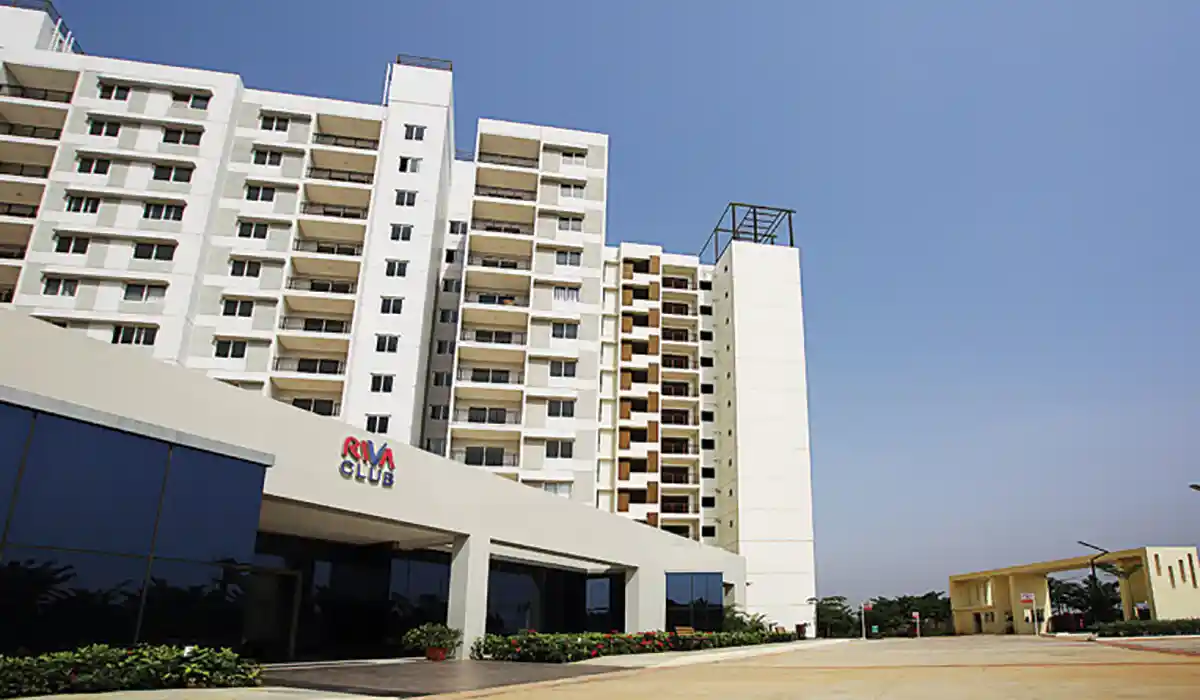
However, the senior living sector in India is still in its nascent stages compared to countries like the UK and the US. But with continued investment and development, the sector is expected to see robust growth, tapping into high-income groups and expanding into urban and tier-II cities.
With Vyom360, we are not just integrating technology, we are personalizing it for seniors. The platform empowers our teams to deliver high-quality services with empathy and innovation.”
Shreya Anand, Vedaanta
“The penetration in senior living market has the potential to improve significantly in the long-term. All in all, the senior living market in India is likely to witness accelerated growth in the next few years and embark upon an eventual transition into maturity with changing demographics,” observes Vimal Nadar, Senior Director & Head of Research, Colliers India.
Says Shreya Anand, Director, Vedaanta Senior Living, “Senior living in India is a rapidly growing movement, with 68% of India’s senior living communities concentrated in the South, setting the foundation of a nationwide shift toward purposeful, dignified, and independent aging. A favourable climate, strong healthcare infrastructure, and cultural openness to community living continue to make the region ideal for senior living communities.
“At Vedaanta Senior Living, we have witnessed this transformation firsthand and have built our presence around these evolving needs. As demand continues to rise, South India remains not only the largest market for senior living in the country, but also the most mature in setting benchmarks for quality, innovation, and dignity in aging.”
Vedaanta’s portfolio spans diverse formats—from active and integrated living to multi-generational, micro-communities, and luxurious offerings. Whether apartments or villas, lease-based models or owned homes, each is designed to suit evolving family - building ecosystems where seniors can thrive, stay connected, and age with grace. “Today, we hold 25% of the total market share and are now investing Rs 300 crore to expand our reach,” informs Shreya Anand.
Vedaanta has recently announced the launch of Vyom360, its proprietary in-house technology platform designed to enhance the quality of care, streamline daily service delivery, and create safer, more responsive living experiences for seniors. The platform brings together critical functions such as food and dining, housekeeping, medical support, and emergency response, all under one unified system. It enables real-time task allocation, tracks service completion, and collects resident feedback in an ongoing loop that ensures both accountability and quality. It also includes a digital interface for residents that informs seniors about scheduled services, captures preferences, and allows them to share feedback or place requests effortlessly.
Senior living is more than a business segment for us; it is a long-term commitment rooted in demographic need and social relevance.
Ankur Gupta
Ashiana Housing
Vyom360 also supports smarter nutritional management through an integrated food card system that tracks consumption patterns and simplifies billing, adding transparency and insight for both the management and residents.
Ashiana Housing Limited is contemplating a total outlay of Rs 425 crore towards senior living during FY2025–26. Outlay includes payout to landowners, construction and execution costs and other project related expenses. The company’s ongoing projects include three in Bhiwadi (NCR), three in Chennai, and one each in Jaipur, Pune, and Lavasa (Pune) and it now plans to enter Mumbai, Bangalore, and Delhi NCR markets.
Commenting on the growth strategy, Ankur Gupta, Joint Managing Director, Ashiana Housing Ltd., said, “The increased investment and our entry into Mumbai, Bangalore and other cities reflect our conviction in the segment and our ability to deliver integrated housing solutions with ongoing support and community engagement.”
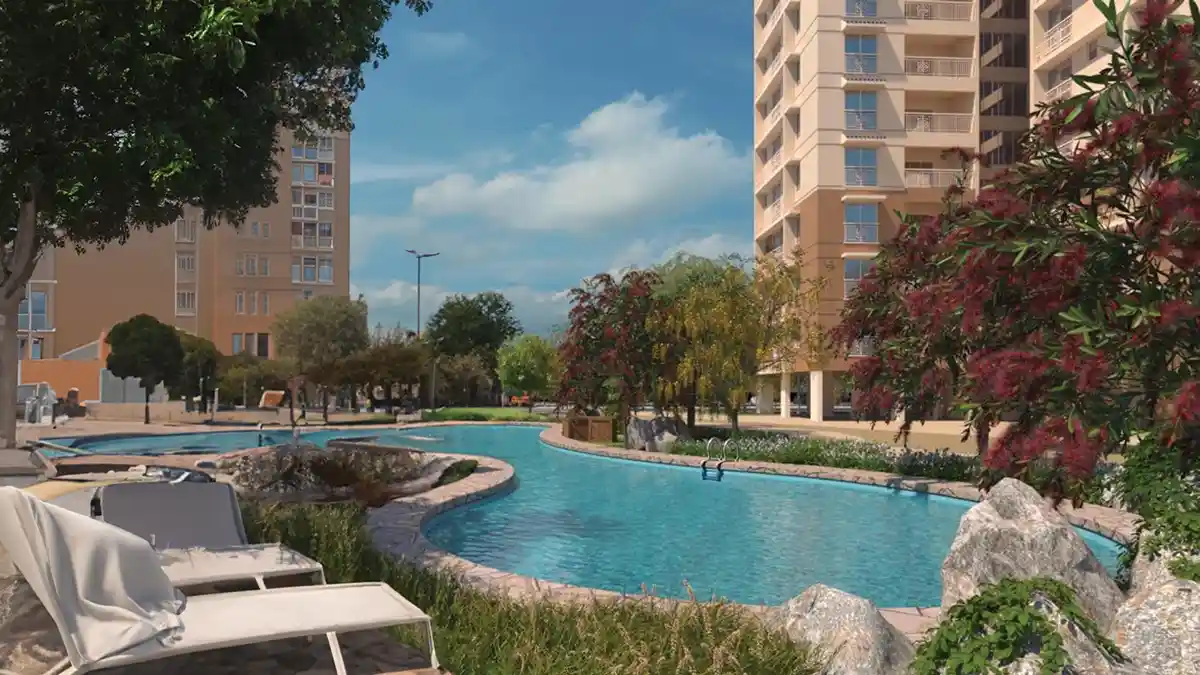
The company also acknowledges structural challenges in the sector, including slow conversion cycles and consumer confusion between senior living and old-age homes. Additionally, post-possession service delivery is increasingly complex given rising lifestyle and healthcare expectations. Ashiana addresses these through transparent communication, in-house operational management, and emphasis on service continuity.
With a legacy spanning over four decades, Ashiana has earned a reputation for delivering high-quality, thoughtfully designed residential communities that cater to evolving lifestyle needs. The company has been ranked No. 1 in the Senior Living segment for the 9th consecutive year, reaffirming its leadership and commitment to creating meaningful living experiences for seniors across India.
Designing With Intent
Senior living homes are elder-friendly designed, with services that include medical care, in-house dining / restaurant, concierge, housekeeping, maintenance, 24x7 security, etc, besides entertainment and opportunities for the residents to pursue their hobbies. Units come equipped with emergency switches and portable alarm devices, supported by motion sensors. In the event of a distress call, alerts are immediately routed to both the on-site nursing team and security staff, triggering a response within minutes.Elevators and escalators are not just conveniences; they are central to age-friendly design, enabling seniors to live with independence, mobility, and dignity.
Sebi Joseph, Otis India
Currently, private developers are offering projects for senior living ranging from 1 to 3 BHK to villas, in two formats: independent living and assisted living. Specific design and construction elements often translate into high construction costs for developers. Advancements in construction technology such as Building Information Modelling (BIM), 3-D printing, usage of robotics, Artificial Intelligence (AI), Augmented Reality (AR) etc. have the potential to permeate in senior living projects and make them accessible for residents across income categories by reducing labour costs and enhancing efficiency.
Observes Sebi Joseph, President, Otis India, “India’s senior living sector is at a critical juncture – both a challenge and an opportunity. As per reports from UNFPA, by 2050, one in five Indians – nearly 347 million people – will be over 60. But the country is under-equipped in senior living units. The gap demands rethinking of how we design communities that empower seniors with safety, comfort, and independence. Elevators play a critical role in building “Silver Living” communities.
India, as the world’s second-largest elevator and escalator market, has both the scale and the responsibility to lead in building senior-friendly infrastructure. Programs like the Accessible Cities initiative mark progress, but a shift from compliance-driven design to intentional, human-centric planning is essential. Public–private partnerships and modernization incentives can help accelerate this transformation at scale. For seniors, outdated systems are more than an inconvenience as they can directly affect independence, mobility, and dignity.
With the country’s senior population projected to reach 347 million by 2050, the social and economic implications of this gap are considerable. A critical part of the solution lies in accessibility infrastructure – especially vertical mobility. At Otis, we aim to enhance mobility by combining technology, and design. Features such as wider doors, handrails, automatic floor levelling, and accessible controls are essential for safe, independent living. Our smart, connected systems supported by AI and predictive maintenance ensure reliability, extending equipment life, minimizing disruptions, and giving seniors confidence in daily movement.
Increased Assistance from Government
Supportive policies in states such as Maharashtra and Haryana have been instrumental in enabling senior living infrastructure. Regulatory measures, such as higher FSI in green zones and allowances in restricted sectors, are helping unlock land potential for this specialized segment.Enhanced policy support for development of senior living facilities will provide a thrust to developers and institutional investors to increasingly foray into the particular segment. Existing government schemes like Atal Vayo Abhyuday Yojana (AVYAY), aims at providing financial assistance to eligible organizations for running and maintenance of Senior Citizen Homes to improve the quality of life of senior citizens.
Further, provision of tax-based incentives, relaxation in development charges, increased ground coverage and inclusive land use zonal permits will encourage developers to take up more such projects. Moreover, states such as Maharashtra have recently drafted model guidelines for senior living housing projects through MahaRERA to ensure senior living facilities are built as per the needs of senior citizens.
Integration of Senior Living Units in Townships
Interestingly, few leading developers are considering a portion of apartment towers within townships to be dedicated for senior living housing. Such an integration not only makes senior living more vibrant and livelier for the elderly, but increases feasibility and profitability for developers, creating a win-win situation for everyone. Few branded developers like Wadhwa Group, Adani Realty, Max Estates have already announced their plans to launch integrated senior living projects across major cities in the next few years.With rising senior population, the demand for senior living will rise across the country. With global players coming into the Indian market, the segment is likely to witness significant innovation in terms of offerings, business models and pricing strategies as well.
As developers continue to innovate and expand, the future of India’s senior living sector looks promising. With a keen focus on quality of life, community, and care, the industry is set to provide elderly residents with not just homes, but places where they can thrive and enjoy a vibrant later life. The ongoing developments in this sector are a testament to its potential and the evolving needs of India’s aging population.


